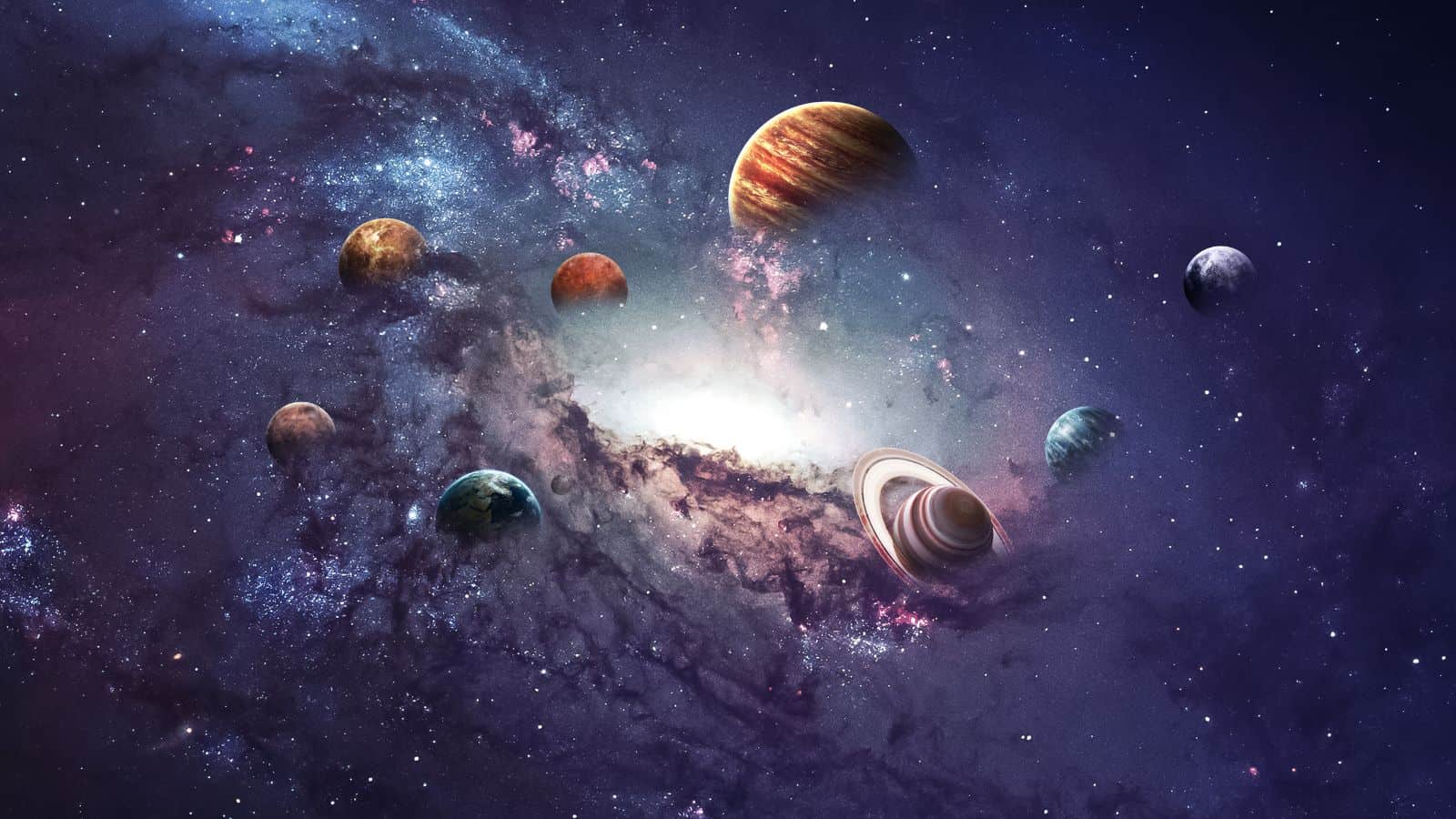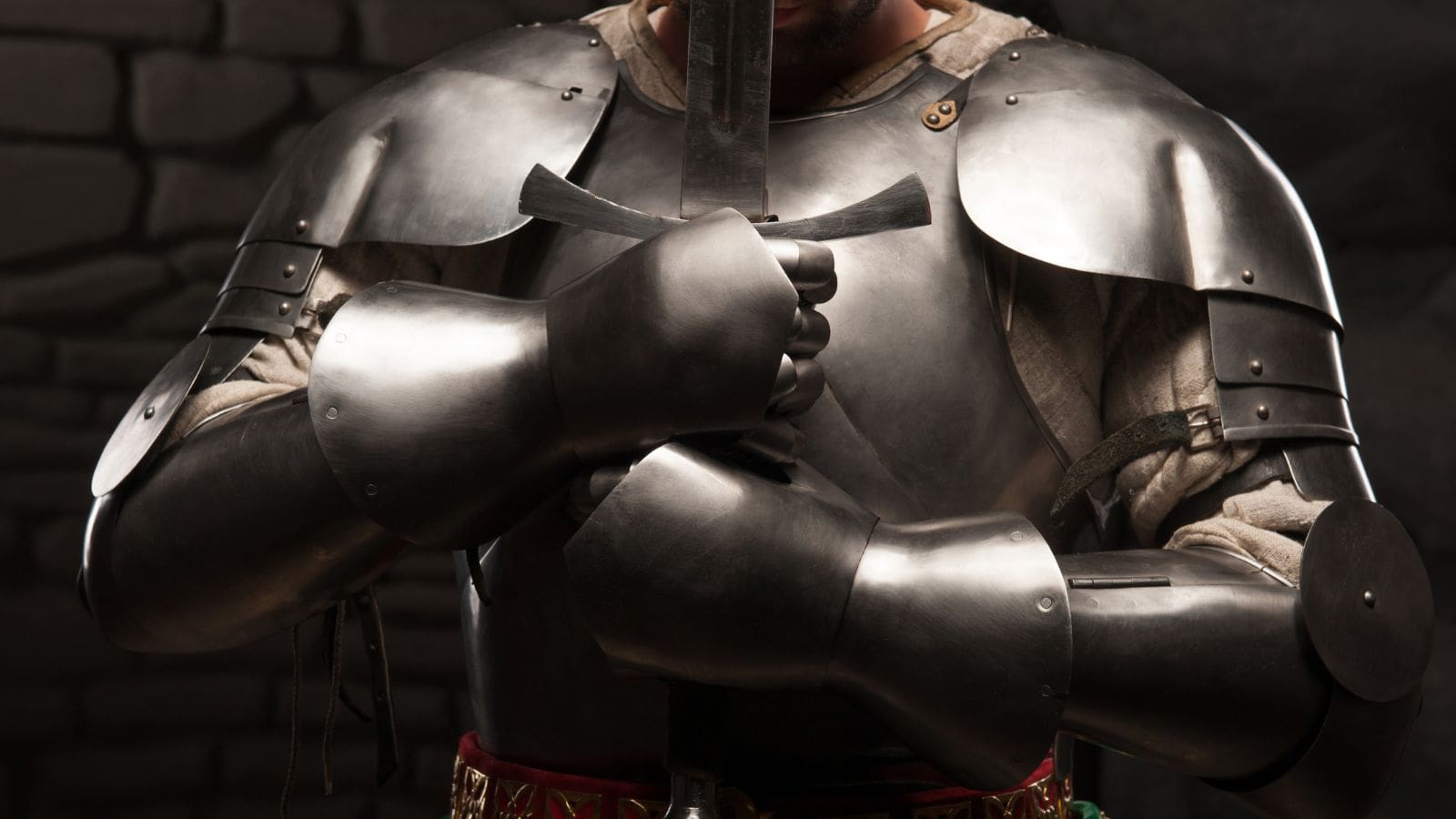School provides a valuable foundation for education, but it doesn’t provide all the answers, especially when curriculums aren’t updated or teachers aren’t well trained. Plus, specific fields (like science and archaeology) constantly evolve and improve as new information is learned. Here are 19 common ‘facts’ your teachers preached that are actually false.
Columbus “Discovered” America

Christopher Columbus’s voyage in 1492 was a pivotal moment in European exploration, but the so-called ‘New World’ wasn’t new at all—millions of native Americans had been living here for thousands of years. Even if you disregard this fact, the first Europeans on the continent were Vikings; the Norse explorer Leif Eriksson set foot here over 450 years before Columbus was even born!
The Earth is Perfectly Round

According to NOAA, “While the Earth appears to be round when viewed from the vantage point of space, it is actually closer to an ellipsoid,” yet even this description doesn’t accurately describe its unique and ever-changing shape. Besides all the mountains, craters, seas, and other lumps and bumps, centrifugal force also causes the Earth to bulge slightly at the equator.
Left-Brained vs. Right-Brained People

This popularized theory suggests that people are either left-brained (logical, analytical) or right-brained (creative, artistic). Although brain hemispheres do have some degree of specialization, the reality is much more complicated and individualistic. Both hemispheres work together in most tasks, and the majority of people constantly use both sides of their brains.
The Declaration of Independence Gave Freedom to All

Britannica confirms that the Declaration of Independence officially split the 13 Northern colonies from Great Britain on July 4th, 1776. Although this meant freedom for many colonists, it did not abolish slavery. Founding Fathers like Thomas Jefferson, who himself owned slaves, struggled with this hypocrisy and contradiction of liberty for some while others remained in bondage.
The First Thanksgiving Was Peaceful

The romanticized image of a harmonious feast between Pilgrims and Native Americans doesn’t accurately portray what early interactions were really like between the two groups. Tensions and conflicts existed from the beginning, fueled by competition for resources, language barriers, distrust, and cultural differences. The “first Thanksgiving” was likely a tiny gathering of angry, suspicious attendees!
Marie Curie Coined the Term “Radioactivity”

Marie Curie is rightly known for her groundbreaking research on radioactivity, but she wasn’t the scientist who named it. The term was actually coined by French physicist Henri Becquerel, who discovered radioactivity in 1896. Curie and her husband, Pierre Curie, would later receive the Nobel Prize for their work on radioactivity, which led to the myth that they themselves named it.
Space is Absolutely Silent

In the vast emptiness of space, sound waves aren’t often traveling through air, but it’s not entirely silent. The Fact Site reveals that space isn’t a true vacuum, at least not everywhere, and is only referred to as such for convenience. There are vibrations and electromagnetic waves that can be picked up by specialized instruments, while stars, planets, and black holes emit radiation that can be “translated” into sound.
Knighthood Required Slaying a Dragon

We’re sorry to break it to you, but dragons don’t exist (unless you count Komodo Dragons!) The image of a valiant European knight slaying a fire-breathing dragon is pure fantasy. There is no historical evidence that becoming a knight required any specific acts of heroism. It was actually a complex process involving years of training in warfare, horsemanship, and courtly etiquette.
The Electric Chair is ‘Humane’

The invention of the electric chair in the late 19th century was intended to provide a quicker and more humane alternative to hanging, which was seen as a barbaric form of execution. However, electrocution is not always instantaneous or painless, and botched executions were historically common and especially gruesome. Despite this, electric chairs are still used in some states.
You Lose Most Body Heat Through Your Head

It’s a common belief that covering your head is essential to prevent heat loss in freezing weather, but that simply isn’t true. Modern science suggests that most heat loss occurs from exposed skin, regardless of location. The head does lose some heat, but it represents a relatively small percentage compared to high-surface areas like the hands, arms, and legs.
Chewing Gum Takes Seven Years to Digest

Teachers often perpetuated This playground myth to discourage gum chewing in class or accidental gum swallowing. Unlike food, which our bodies break down and absorb nutrients from, gum cannot be digested. It passes relatively intact through the digestive system and is eventually eliminated from your body in your stool, typically in only a day or two.
Bats Are Blind

These flying nocturnal mammals aren’t known for their excellent eyesight, but bats are not entirely blind. They have functional eyes and can see well enough to navigate in low-light conditions. However, their primary sense for hunting and flying is echolocation; they emit high-frequency sounds and interpret the echoes that bounce back to get a picture of their surroundings.
Albert Einstein Failed Math

This widely circulated story may be tied to the fact that the genius physicist spent his early school years in Germany studying a curriculum different from what we might be familiar with. German records indicate that, unsurprisingly, he excelled in mathematics and physics, although he did struggle with the rigid, institutional, educational system that was standard at the time.
We Only Have Five Senses

Our traditional understanding of the five senses (sight, touch, taste, smell, and hearing) was often touted in biology textbooks, but the truth is far more interesting and complex. Although these five senses do provide a basic view of our world, additional senses are very important, like pain, thermoreception, balance, and body awareness (without physical touch).
Ostriches Bury Their Heads in the Sand

This saying often describes someone who avoids problems, but these huge birds never bury their heads in the ground for any reason. They might lay their heads flat on the ground in a resting position, which could be misinterpreted from a distance, and they also dig ground-level sand or dirt nests with their beaks, which might also contribute to the myth.
Chocolate Causes Acne

Chocolate lovers rejoice! That delicious sweet treat won’t directly cause an acne break-out. The Guardian states that acne is primarily caused by changes in your skin’s bacterial biome, which is most affected by cleanliness, oily secretions, and hydration. Although diet does play a role in skin health, chocolate in moderation is unlikely to wreak havoc on your complexion.
Atoms Are the Smallest Things on Earth

The concept of the atom as the fundamental building block of matter was revolutionary and has since been proved by countless scientific studies and observations. However, we now know that atoms are composed of even smaller subatomic particles (protons, neutrons, and electrons) and that there are even smaller components, like quarks and dark matter.
Digestion Occurs Exclusively in the Stomach

The stomach is a muscular bag filled with enzymes and acidic juices that are vital for digesting food, but it isn’t solely responsible. Your teeth and saliva help mush the food up first, and the liquid mixture your stomach produces is further broken down by the small intestine before absorption. Your gallbladder and liver also produce essential juices for breaking down fats and other molecules.
Diamonds are the Hardest Substance on Earth

Diamonds are known as “forever stones,” and, yes, they are undeniably tough and expensive. However, they can be chipped or scratched by certain other materials found on Earth. A form of carbon called lonsdaleite is estimated to be 58% harder than diamond and, while incredibly rare, its hexagonal structure makes it stronger than the cubic form of carbon found in diamonds.
Up Next: 19 Signs That Say You’ve Officially Entered Old Age

Old age comes for us all, though we do our best to resist it for as long as possible. But aging isn’t only gray hair, wrinkled skin, and yelling at kids to get off your lawn. Here are 19 signs you’ve realized you’re no longer the young stud you once were!
19 SIGNS THAT SAY YOU’VE OFFICIALLY ENTERED OLD AGE
17 Things That Are Too Woke For Boomers

Our society is so different from what it was decades ago, and boomers don’t like much of what everyone considers normal in today’s society. In this light, here are 17 things about ‘woke culture’ that particularly make boomers uncomfortable.
17 THINGS THAT ARE TOO WOKE FOR BOOMERS
17 Things You’re Just Too Old To Be Doing Anymore

The older you get, the more fragile you are physically and mentally, so it’s important to prioritize your well-being every day. Whether you still feel young at 50 or are closer to 80, we’ve compiled 17 things you’re too old to be doing anymore.
